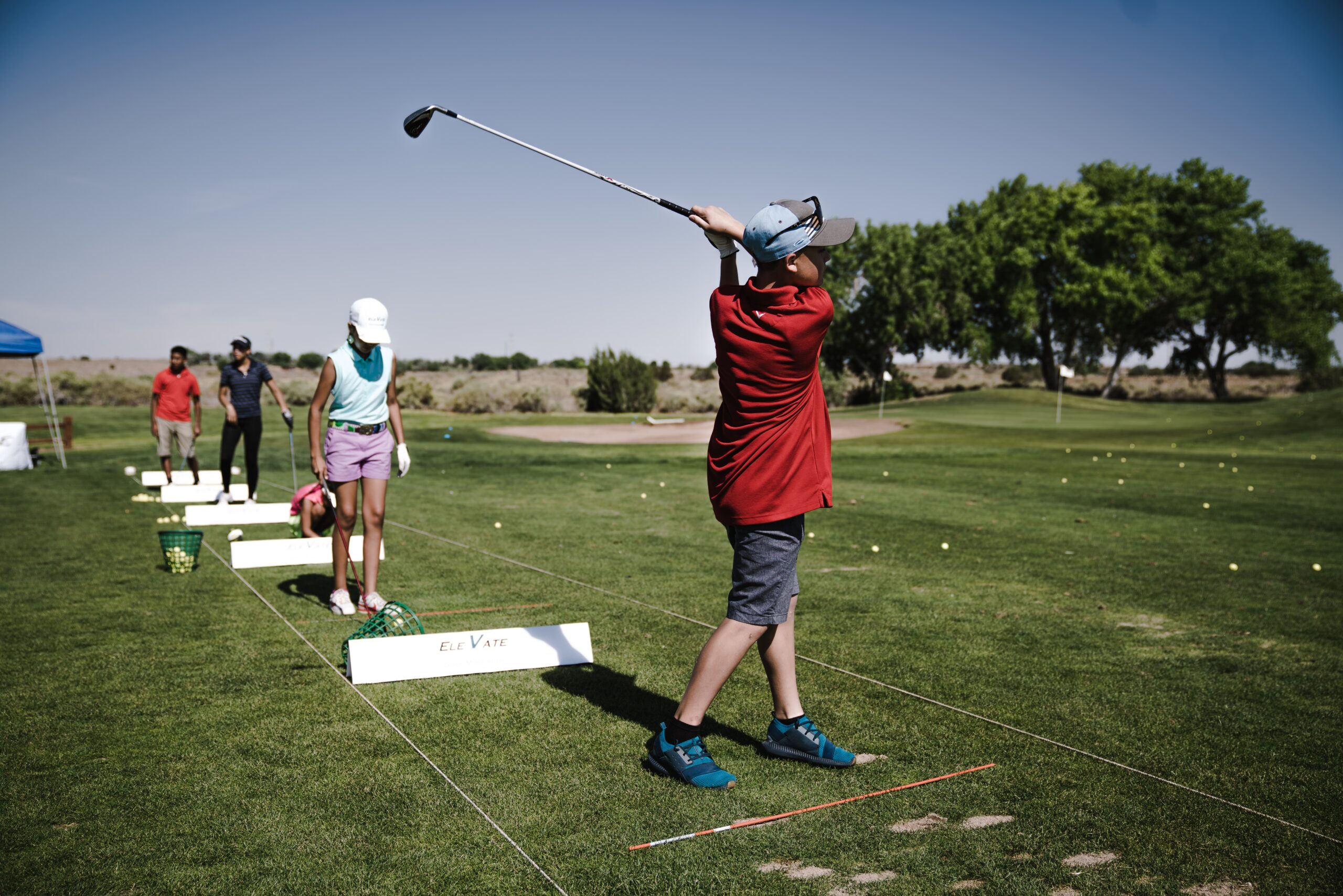
The takeaway is the first movement in the backswing, it is the forerunner to the swing and the need to make a smooth clean takeaway is really important. But how should you take the club away? This has been an area of discussion and disagreement between golf coaches for centuries.
Principally there are two take away methods: the one-piece takeaway which is a simultaneous and harmonious movement of the whole body and the two-piece takeaway, with the hands and arms moving before the shoulders and hips become active. But which is better?
For my money, the two-piece takeaway is the way to go, because it requires an early wrist hinge, with the wrists setting the club parallel to the ground almost immediately. The reason I prefer this method over the one-piece takeaway is because it eliminates a double wrist hinge which is the blight of many of my clients, and the cause of both the club impacting the ground before the ball and the dreaded early release (bowing of the wrists at impact).
The one-piece takeaway requires the golfer to move the upper body and lower body together, whilst trying to take the club back on a certain line, often with the thought of keeping the triangle between the arms and the shoulders intact for the longest period of time possible. Once the club has moved back, the wrist hinge occurs taking the club to the top of the backswing. But for most amateur golfers attempting to make a longer backswing, the wrists will hinge again, generally with an additional hinge of the elbows creating a very narrow and weak position from which to begin the downswing.
If we look at the early hinge method, we can see that it requires fewer moving parts, the wrists set the club parallel to the ground, before waist height. From here the golfer only needs to rotate their body away from the target to complete the backswing, there are no additional moves required before starting back down towards impact.
So, if you are regularly hitting the ground before the ball, you should definitely make an effort to set your wrists early in the backswing, a good guide is to have created an “L” shape between your target arm and the club shaft at halfway back. This is a strong backswing position that will generate better lag and more stored energy.

Recent Comments